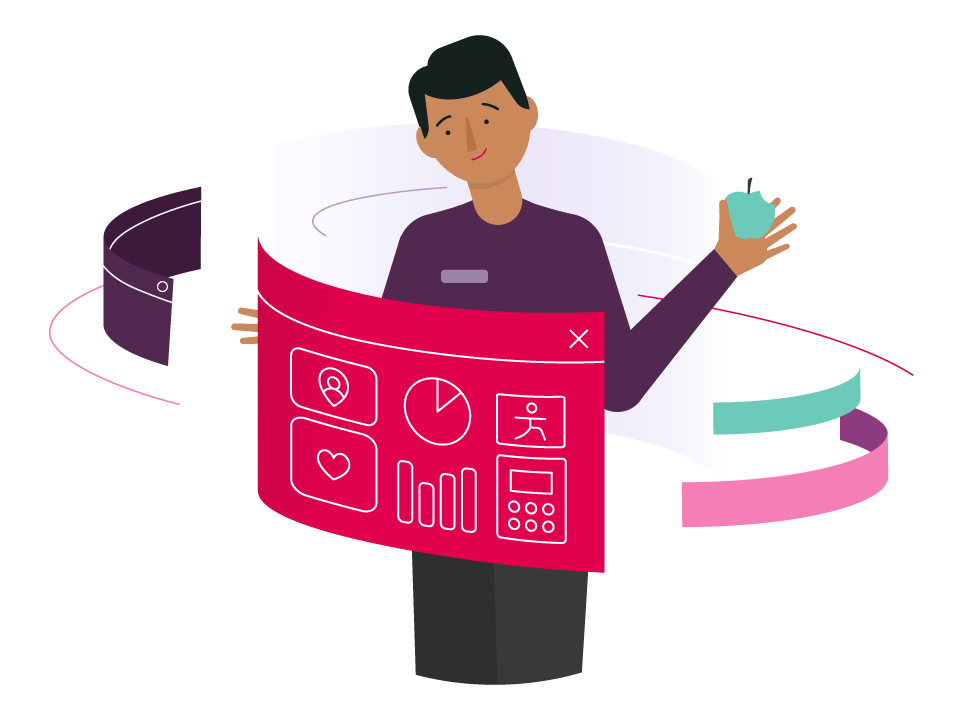Most pacemaker and defibrillator implant surgeries are done using sedation and local anaesthetic.
The anaesthetist is responsible for pre-medication before surgery, your anaesthesia and wellbeing during surgery and your post-operative pain relief.
Ask your cardiologist if you can meet with the anaesthetist before the day of the procedure. This way you won’t be hurried or stressed, and can be involved in the planning.
During surgery, local anaesthetic will be injected into the incision site. You’ll also receive a sedative which will probably enable you to sleep through the procedure.
Sometimes a general anaesthetic is used instead. If so, you’ll be unconscious for the procedure and a tube will be inserted into your throat to help you breathe. You may wake up with a sore throat from the tube. General anaesthetics often cause post-operative nausea and vomiting.
The choice of anaesthesia may also depend on existing lung or kidney problems, or a history of previous problems with anaesthesia.
Pain relief after surgery
After surgery you’ll be given pain relief prescribed by the anaesthetist. By enabling you to move and breathe without too much discomfort, good pain relief can help reduce the risk of complications.







